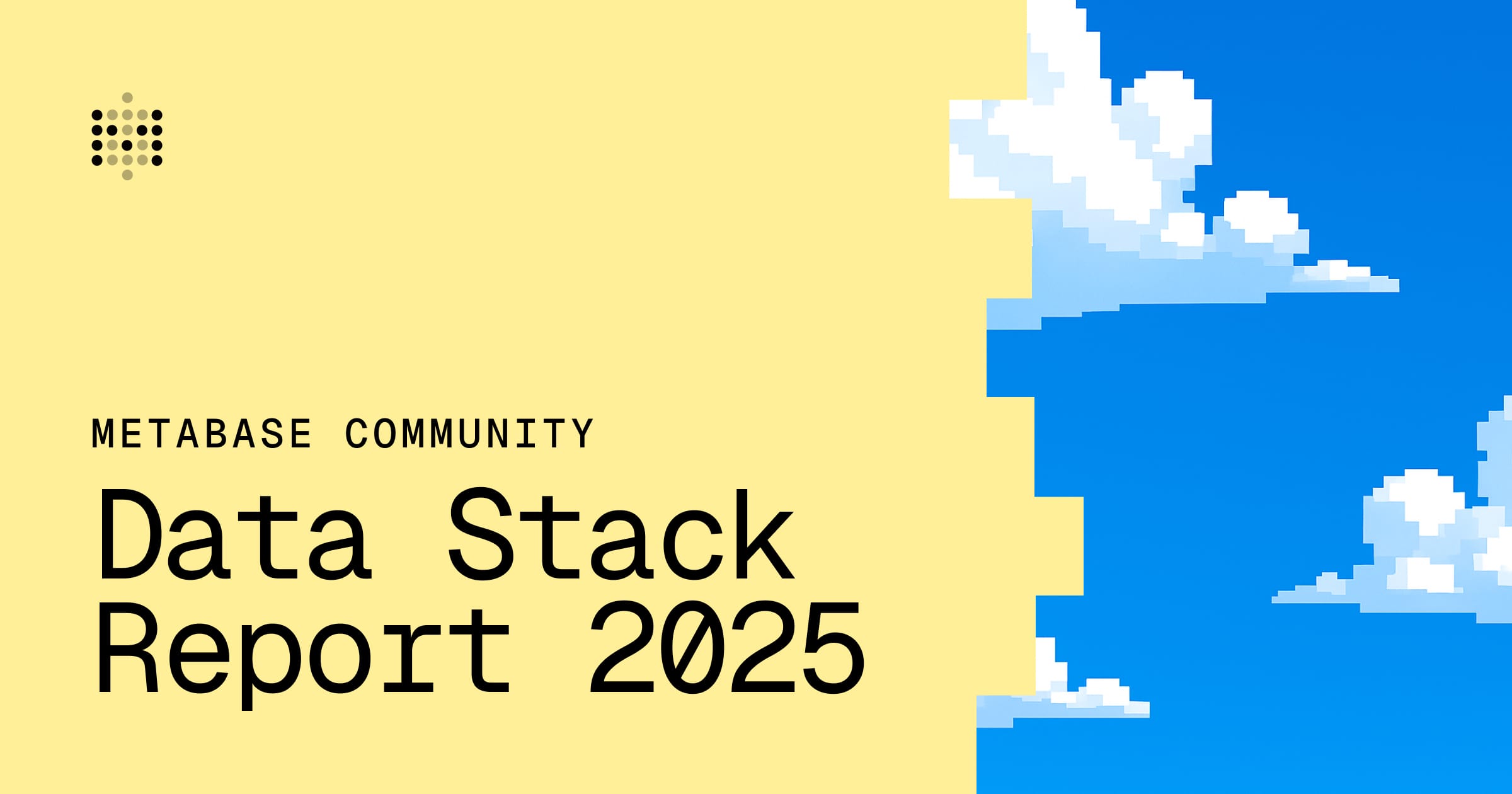Why data consolidation matters
When your data is scattered across multiple tools, it becomes difficult to analyze, join, and extract insights effectively. Wouldn’t it be easier to have all your data in one place so you can run SQL queries, build dashboards, and make data-driven decisions without the hassle?
In this article, we’ll explore the best ways to consolidate data, clean and process it efficiently, and compare different approaches based on cost, engineering effort, and flexibility.
The most common ways to get all your data in one place
A data warehouse is a database designed for analytical purposes. Your product doesn’t run on it, but your business can use it to store, process, and analyze data. A data warehouse enables fast analytics without slowing down your product’s primary database. Common data warehouses include Redshift (AWS), BigQuery (Google Cloud), and Snowflake.
Curious for more?: Which data warehouse should you use?
Direct integrations
Many tools offer direct integrations with a data warehouse or business intelligence (BI) tool. For example:
- Mixpanel provides a “Data Pipeline” add-on that exports data to a warehouse.
- Segment allows you to send collected data directly to a warehouse.
These integrations are fast, low-cost (or even free), and require little engineering effort. However, they aren’t always available for every tool, making them a limited option for comprehensive data consolidation.
ETL Tools (Extract, Transform, Load)
ETL tools are designed specifically to move and transform data from various sources into a data warehouse. Some of the most popular ETL tools include Fivetran, Hevo, and Stitch.
How ETL tools work:
- Sources: These are the original data locations (e.g., marketing tools, product analytics platforms).
- Destinations: These are the warehouses where the processed data is stored.
Benefits of ETL tools:
✅ No coding required – Easily set up pipelines in minutes. ✅ Reliable data processing – Ensures high-quality data transfers. ✅ Time-saving – Frees up engineering resources.
Drawbacks of ETL Tools:
❌ Costs can be high – Pricing increases with data volume (starting at ~$200-$300/month). ❌ Limited integrations – Only works with supported tools.
If you want a quick, hassle-free way to get all your data in one place, ETL tools are a great choice.
Curious for more?: ETLs, ELTs, and Reverse ETLs
Custom scripts
If your tools don’t support direct integrations or ETL tools, you can always write custom scripts to pull data via APIs.
How it works:
- Use Python or JavaScript to extract data.
- Schedule scripts to run periodically (e.g., daily syncs).
- Push the data to your warehouse.
Pros:
✅ Highly customizable – Works with any tool that has an API. ✅ Low cost – No third-party service fees.
Cons:
❌ Engineering-heavy – Requires maintenance and troubleshooting. ❌ Time-consuming – Can take significant effort to build and scale.
Which approach should you take?
How you approach this problem depends on your data sources, your engineering resources, and your financial resources. In many cases, a company ends up using a combination of all the methods outlined above. But before you get started on any of these methods, make sure you check to see if the data sources in question are a good fit for your method of choice: Do they have an integration with your ETL tool? Do they offer a good API? Additionally, make sure that you have the resources to implement that solution.
Curious for more?: A guide to the data landscape



